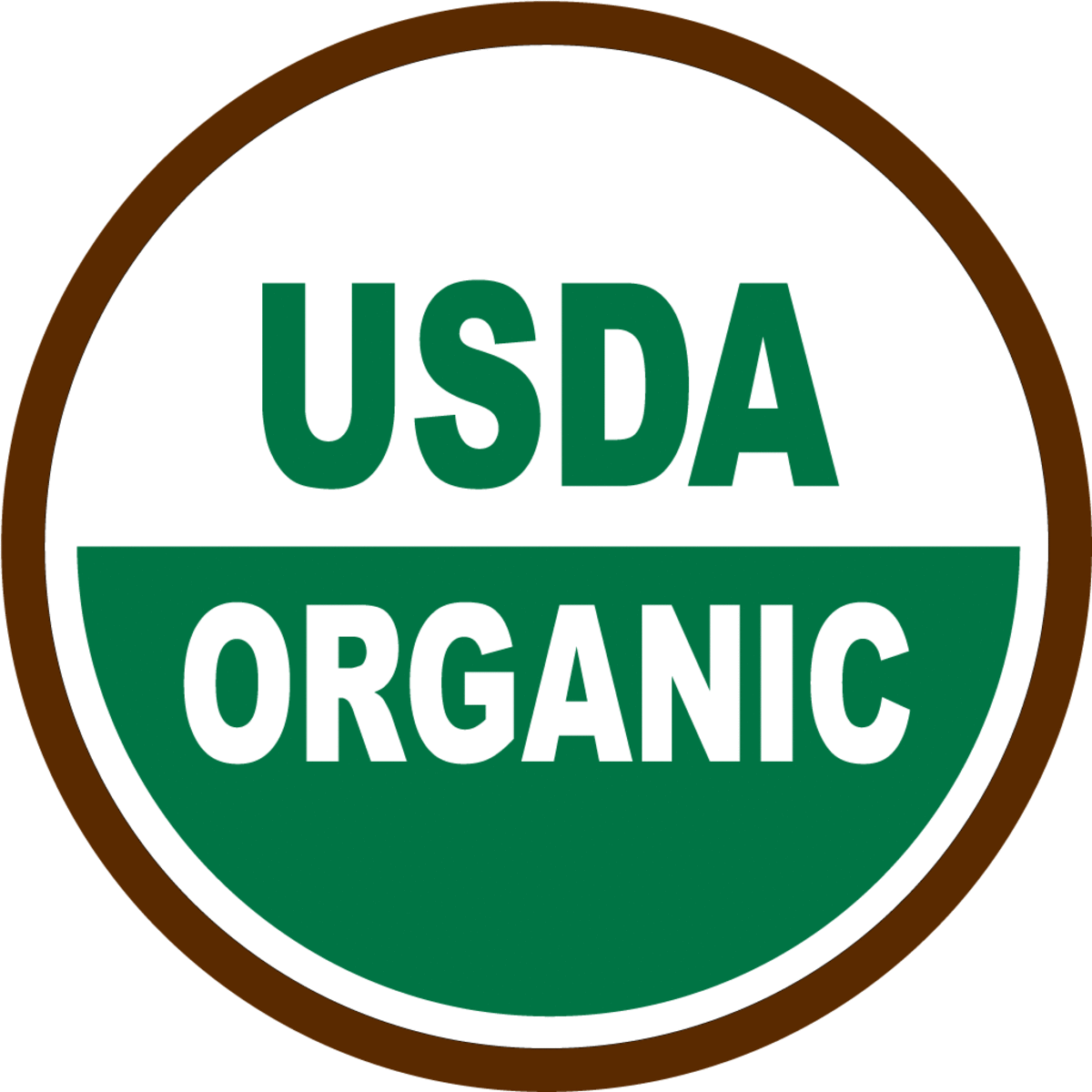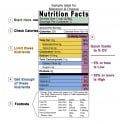Confusing Food Labels -

Why are food labels so confusing?
Food labeling is a mess. Food manufacturers will not adopt clear labeling that tells the consumer exactly what their products contain. Governments pump out simplistic messages about diet and exercise and cozy up to the major industrial food manufacturers, who go on deliberately misleading consumers.
Manufacturers persist in hiding unhealthy food in ingredient lists by calling them by names other than those in common language. Few consumers realize that anything ending in the letters ‘ose’ for example is sugar. Fructose sounds like it is derived from fruit, fruit is healthy. In its natural form, fructose is the natural sweetness found in fruit and honey, it is very a sweet sugar. Food manufacturers have been adding pure fructose to products for years, even to low fat and foods labeled as diet foods to improve their flavour. It is unlikely that dieters would reach so happily for those foods, if their labels said clearly sugar. Chemically produced fructose behaves like a fat in the body. Labels often bear glucose, fructose, dextrose, and other sugars on the same label. Sugar is not the only thing that manufacturers hide on those confusing labels.
The food industry will continue to bamboozle consumers with confusing labeling, for years researchers have been highlighting the health risks associated with the amount of salt, sugar, and processed chemicals in manufactured food. Consumer associations continue to press for clear food labeling that is informative and truthful.
A German court recently ordered the manufacturer of a particular spread that children enjoy to change its misleading labeling, which implied that the product was healthier than it actually was, or risk a heavy fine for each breach. The label suggested that the product was high in vitamins and minerals and low in fat and carbohydrate, but the vitamin and mineral content was based on a 100gm portion, whereas the fat and carbohydrate count was based on a 15gm portion. One would have to eat a quarter of the jarful to get the nutritional benefits that the manufacturer claimed on the label.
There are many food products that the manufacturers claim to be healthy, but which are not. Some governments are doing something about it, the German Consumer Protection Ministry has a web site, on which consumers can report food products that carry misleading labels or advertising. The ministry investigates the product contact the manufacturer and ask for comment and then legally classify the complaint taking action where necessary, and publish their results. Other countries are in thrall to their food industries, bullied by the food industry lobbyists, and, in some countries, political parties get large donations from food manufacturers.
Consumer organizations want a simple traffic light system that everyone can understand, but the food industry are blocking all attempts to introduce a clear labeling system. Until then consumers need to be chemists, to decipher food labels. Some hints to help, anything ending in “ose” is sugar. A Food product, labeled as low fat or slimming, food has to taste of something, look at the salt and sugar content, you might be surprised at what you find. Fresh food is much better for human health than factory-processed food, when you cook something, you know exactly what you have put into the dish.
Cooking need not take any longer than heating many ready meals. Many recipes take a few minutes preparation and there are many recipe books available for those with limited time. You could buy a slow cooker, these use very little electricity, and can help you to use inexpensive cuts of meat, prepare in the morning, and leave the pot to do its thing during your busy day. In the evening, the slow cooker will have worked its magic and present you with a tasty family meal. The other cooking appliance, which will help you to save time, is a pressure cooker. A wok is a very useful item in saving cooks cooking time. Stir-frying is an extremely quick cooking process. Microwave ovens are excellent for cooking vegetables, potatoes in their jackets, and various other items quickly. Some people have a cooking day once a month and cook several dishes in large quantities, separating and freezing these in convenient portions for the family. In this way, they always have a home cooked meal in the freezer.
There really is no need at all to live on the factory produced chemical-infused ready meals that manufacturers sell under the guise of ‘food’. Manufacturers are reluctant to tell consumers simply and clearly, what these dishes contain, and it seems that some have much to hide or else why would they seek to confuse customers?








